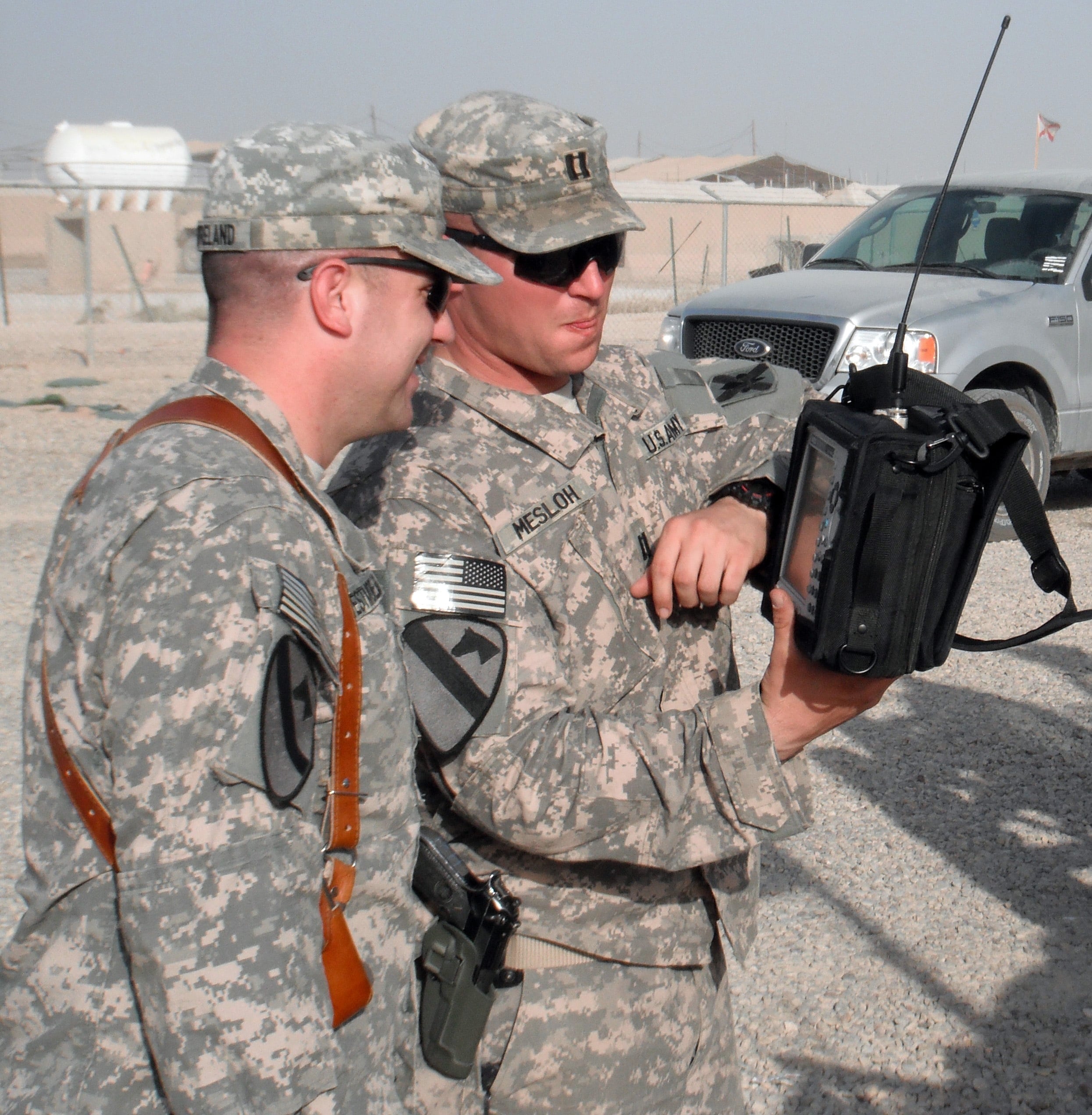Congress is taking aim at the military’s electronic warfare shortfalls in an attempt to rebuild the electronic warfare enterprise and ensure U.S. systems are superior to adversaries, such as China and Russia.
A lengthy proposal in the conference report from the Senate and House Armed Services Committees’ annual defense policy bill directs the Pentagon to establish a cross-functional team to evaluate the capabilities of adversaries.
RELATED

The proposal is a formal recognition that electronic warfare, once squarely in the domain of tactical operations, has now risen to strategic importance.
Russia, for example, has demonstrated in its incursion into Ukraine a full range of capabilities. This includes taking out full battalions by disabling their communications, intercepting messages that allow Russians to know where Ukrainian forces are headed, and geolocating units based on the electromagnetic signatures they emit.
RELATED

The defense policy bill directs the secretary of defense to establish processes and procedures to develop, integrate and enhance electronic warfare mission area and the conduct of joint electromagnetic spectrum operations. These activities will be overseen by an appointee of the secretary of defense, the bill states.
RELATED

This appointee must:
- Oversee the implementation of the electronic warfare strategy developed by the Pentagon’s electronic warfare executive committee;
- Provide recommendations to the executive committee on resource allocation to support the capability development and investment; and
- Propose electronic warfare governance, management, organizational, and operational reforms to the secretary of defense.
In addition, the secretary must establish a cross-functional team for electronic warfare that will identify gaps in electronic warfare and joint electromagnetic spectrum operations within the Department of Defense and then provide recommendations to the aforementioned senior official.
Congress is also requiring a biennial update to the DoD’s electronic warfare strategy to include, among others:
- An update on vulnerabilities identified in the May 2015 electronic warfare assessment by the Defense Science Board;
- A determination of the capability of joint forces to conduct joint electromagnetic spectrum operations against near-peer adversaries and any pressing capability gaps; and
- Analysis of any personnel, resourcing, capability, authority, or other gaps to be addressed such as development of an electromagnetic battle management capability for joint electromagnetic spectrum operations, establishment and operation of joint electromagnetic spectrum operations cells at combatant command locations and integration and synchronization of cyber and electromagnetic activities.
RELATED

The bill also requires a comprehensive assessment of the electronic warfare capabilities of Russia and China. This would include a review a vulnerabilities of electronic systems such as GPS and DoD abilities to conduct countermeasures in response to electronic warfare attacks.
Portions of the proposal stem from a bill introduced by Rep. Don Bacon, R-Neb., a retired Air Force general who specialized in electronic warfare during his service, which was later folded into the defense authorization act.
Mark Pomerleau is a reporter for C4ISRNET, covering information warfare and cyberspace.








